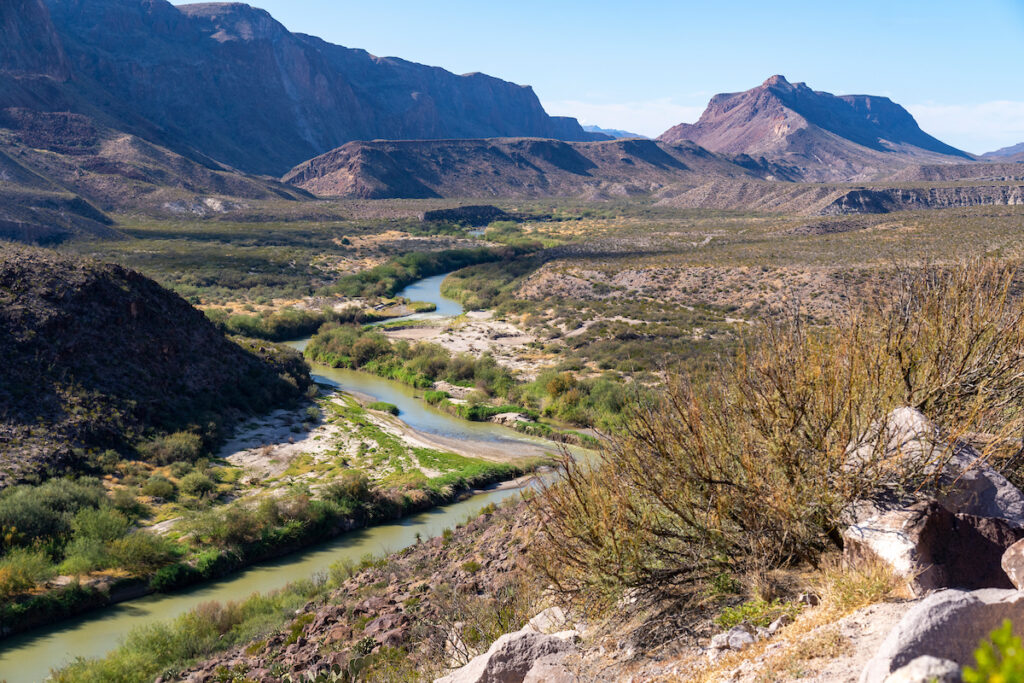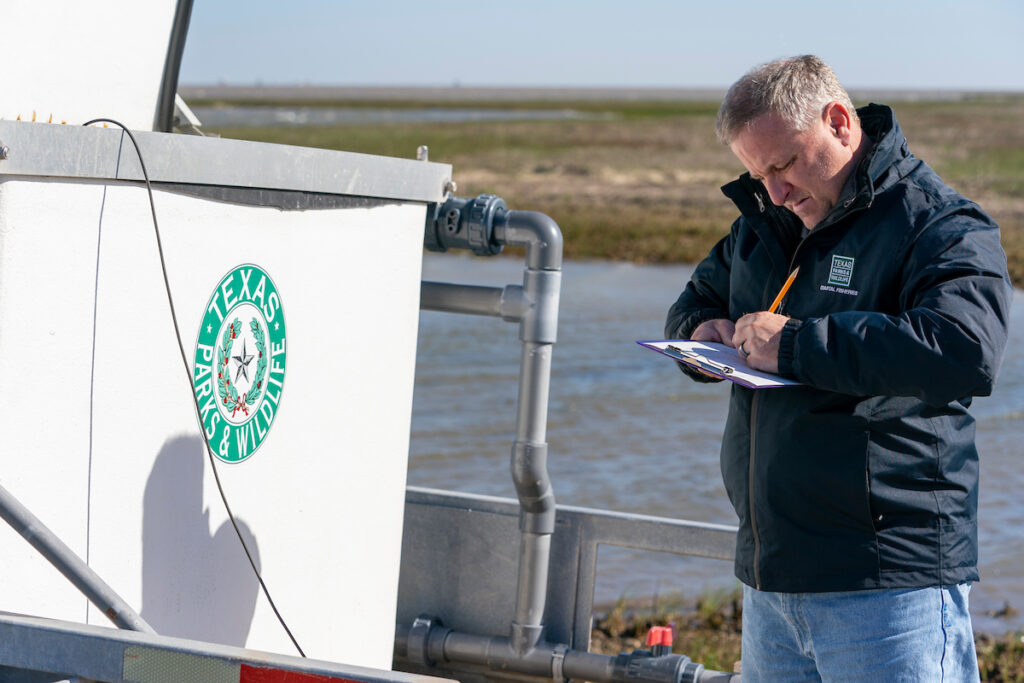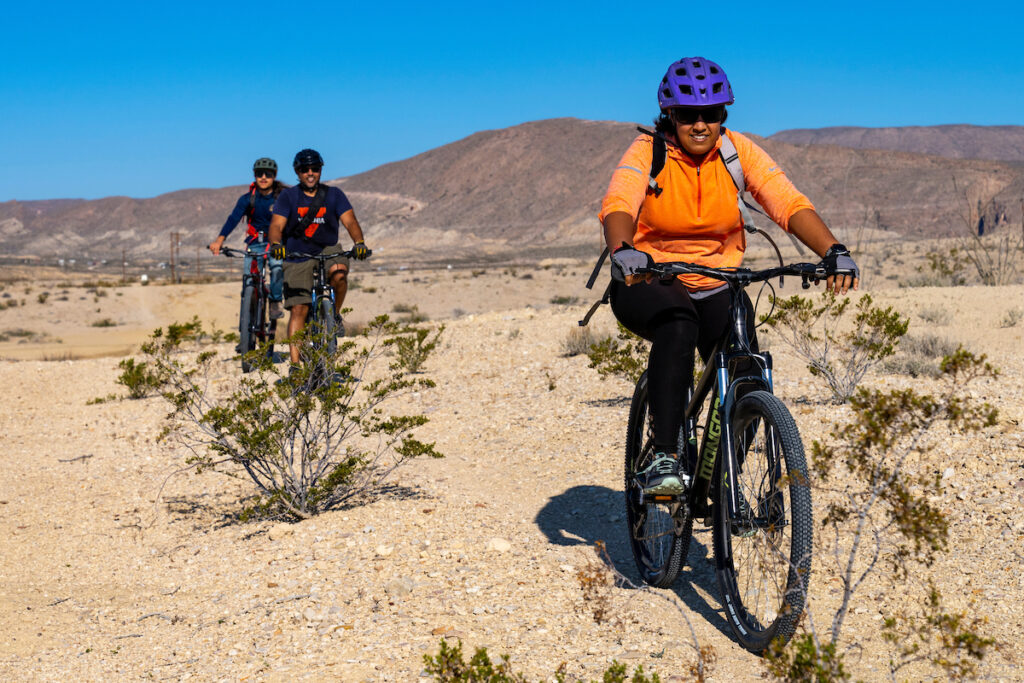Conserving Lone Star State landscapes
Texas A&M University assists Texas Parks and Wildlife Department in development of land and water, recreation plans
From the arid vistas of Palo Duro Canyon to the humid coastal marshes of Sea Rim State Park, the Texas Parks and Wildlife Department conserves and manages nearly 1.4 million acres of the state’s most precious natural and cultural resources at its network of state parks, natural areas, historic sites and wildlife management areas.

In addition to Texas Parks and Wildlife’s network of public lands, the agency works cooperatively with private landowners to manage and conserve wildlife resources on an additional 32 million acres of Texas land and supports fishing and boating opportunities on more than 5 million acres of freshwater and saltwater habitats.
Thanks to a partnership with the Texas A&M College of Agriculture and Life Sciences, Texans currently have the opportunity to share input with Texas Parks and Wildlife Department staff and leadership to help guide the management of Texas public lands, waters, and fish and wildlife resources for roughly the next decade.
Researchers within the Department of Rangeland, Wildlife and Fisheries Management are assisting in the development of two comprehensive statewide plans focused on conservation management priorities, as well as the recreational behaviors, preferences and constraints faced by Texans.
“Our involvement largely rests on the ability to help provide Texas Parks and Wildlife with evidence-based data to inform direction for both projects,” said Gerard Kyle, Ph.D., professor and associate department head for academic programs in the Department of Rangeland, Wildlife and Fisheries Management.
Planning for the future
Originally developed in 2002, the Land and Water Resources Conservation and Recreation Plan relies on input from citizens and experts to inform future directions of the Texas Parks and Wildlife Department in carrying out its mission to manage and conserve the natural and cultural resources of Texas while also providing outdoor recreation opportunities.
“Engaging Texans in outdoor recreation, such as fishing, hunting, boating, hiking, camping or other pursuits is critical to growing a community of natural resources stewards,” said David Yoskowitz, Ph.D., executive director of the Texas Parks and Wildlife Department. “Outdoor experiences help build a stronger connection to the natural world and instill a desire to conserve natural resources for current and future generations.”
Under Kyle’s direction, graduate student Sarah Densmore and postdoctoral research associate Evgenia Spears developed a public survey allowing respondents to evaluate the importance of strategic conservation and management objectives identified in the 2015 Land and Water Resources Conservation and Recreation Plan.

These objectives include encouraging science-based stewardship of natural and cultural resources; increasing access to and participation in the outdoors; engaging citizens in support of conservation and recreation; and employing sustainable and sound business practices.
Respondents are also asked to evaluate the performance of the agency in implementing strategies to achieve these objectives. The Land and Water Resources Conservation and Recreation survey is currently open for public input at https://tx.ag/TPWDSurvey through April 14.
“This is an opportunity for citizens to provide direct input to the agency regarding the conservation and outdoor recreation matters that are most important to them,” said Densmore, who is pursuing a master’s degree in wildlife science.
Outdoor recreation for all Texans
In 2022, Texas state parks received more than 9.6 million visitations. With roughly 95% of the Texas landscape held in private ownership, these public lands are a welcome oasis to those seeking outdoor adventure.

Every five years, the Texas Parks and Wildlife Department completes a comprehensive Texas Outdoor Recreation Plan. While this is done in part to fulfill funding requirements on behalf of the Land and Water Conservation Fund, the process also allows the department to assess current trends and needs in outdoor recreation among stakeholders. In turn, this information guides the department in administering allotted funds in the most effective manner.
“As the Texas population continues to increase, so does the demand for quality outdoor recreational opportunities,” Yoskowitz said. “The land, water and recreation plans help ensure that the Texas Parks and Wildlife Department is thoughtful and strategic in delivering our two-pronged mission of stewarding natural resources and meeting the outdoor recreation needs of Texans.”
In the development of the recreation-focused surveys, Densmore said the team drew from past surveys while incorporating new content with input from Texas Parks and Wildlife officials. Additonal input was provided by James Cathey, Ph.D., professor and associate director of the Texas A&M Natural Resources Institute, and Michael Schuett, Ph.D., instructional professor, both in the Department of Rangeland, Wildlife and Fisheries Management.
Additional insights will be provided by Kevin Skow, project manager with the Natural Resources Institute. Skow will create an updated statewide inventory of recreational and conservation lands as well as maps illustrating state population changes over time.
Roughly 3,000 responses to earlier surveys were collected from recreational providers and citizens across the state.
Aspects of the Texas Outdoor Recreation Plan will augment the Land and Water Resources Conservation Plan, providing the agency with a robust assessment of outdoor recreation and conservation needs.
“As the agency looks ahead to the next 10 years and plans our work, public input is critically important to ensure our programs continue to meet the needs of the state and all Texans,” Yoskowitz said. “The partnership, experience and expertise provided by Texas A&M University in this planning process is invaluable.”


